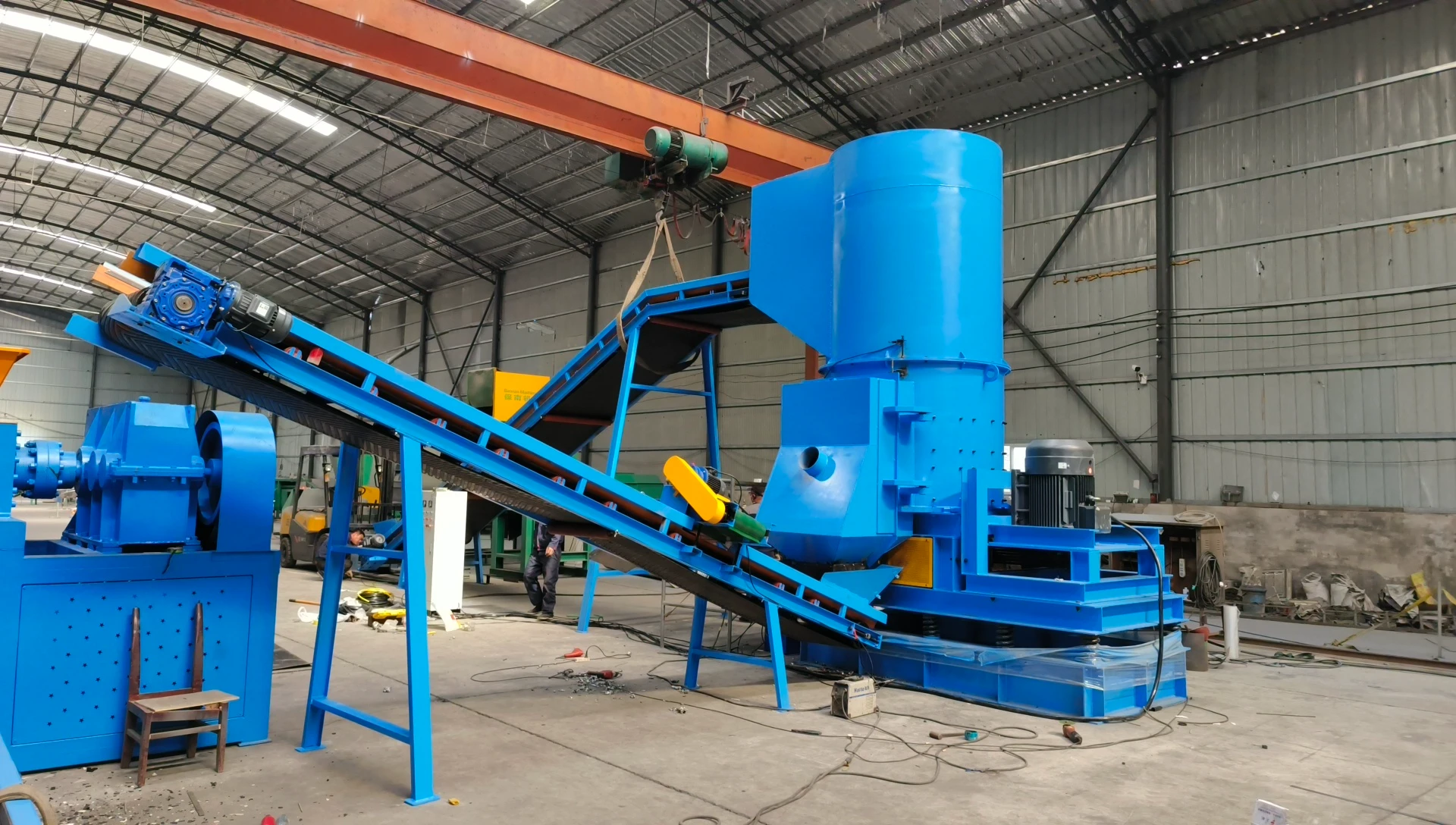

Th11 . 11, 2024 15:14 Back to list
Understanding Vertical Shredders A Comprehensive Overview
In today's world, waste management and recycling have become crucial aspects of sustainable living. Among the various tools and technologies developed to facilitate this process, the vertical shredder stands out as an innovative solution. This article delves into the workings, benefits, and applications of vertical shredders, shedding light on their significance in waste processing and recycling.
What is a Vertical Shredder?
A vertical shredder is a machine designed to reduce waste materials into smaller, more manageable sizes. Unlike traditional horizontal shredders, which operate in a lateral direction, vertical shredders work by feeding materials into a vertical chamber. This orientation allows for efficient shredding of materials, making the process quicker and more effective.
Vertical shredders are equipped with robust blades that rotate at high speeds, cutting through various materials ranging from plastics and wood to metals and organic waste. Their construction is typically heavy-duty, ensuring durability and the ability to handle tough waste types.
Key Benefits of Vertical Shredders
1. Space Efficiency Due to their vertical design, these machines occupy less floor space compared to their horizontal counterparts, making them ideal for facilities with limited space.
2. High Throughput Vertical shredders can process large volumes of waste in a shorter time frame. This increased efficiency leads to reduced processing times and costs.
4. Lower Maintenance These machines usually require less maintenance than horizontal shredders, as they have fewer moving parts exposed to wear and tear.

5. Improved Safety The feed system in vertical shredders is designed to minimize the risk of operator injury, with features that allow for safer operation compared to other shredding machines.
Applications of Vertical Shredders
Vertical shredders are used in various industries, including
- Recycling Facilities They play a crucial role in reducing waste size, preparing materials for further recycling processes. - Construction Sites Construction debris, such as wood and metal scraps, can be efficiently processed using vertical shredders, aiding in waste reduction on-site.
- Manufacturing Many manufacturing processes generate waste that can be recycled or reused. Vertical shredders help in minimizing this waste by breaking it down into manageable sizes.
- Landfills By reducing the size of waste before it's sent to landfills, vertical shredders can help maximize landfill space and minimize environmental impact.
Environmental Impact
The use of vertical shredders contributes significantly to environmental sustainability. By promoting recycling and waste reduction, these machines help divert materials from landfills, subsequently reducing the overall carbon footprint associated with waste disposal. Shredding materials into smaller sizes also aids in more efficient transportation and recycling processes, further enhancing sustainability efforts.
Conclusion
In summary, vertical shredders are indispensable tools in the landscape of modern waste management and recycling. Their efficient processing capabilities, space-saving design, and versatility make them a valuable asset across various industries. As society continues to emphasize the importance of recycling and waste reduction, the role of vertical shredders will undoubtedly grow, supporting efforts to create a more sustainable and eco-friendly future. Investing in these machines not only makes economic sense but also contributes positively to the health of our planet.
Latest news
Troubleshooting Common Eddy Separator Problems
NewsJul.04,2025
The Role of Metal Recycling Plants in Circular Economy
NewsJul.04,2025
The Impact of Recycling Line Pickers on Waste Management Costs
NewsJul.04,2025
Safety Features Every Metal Shredder Should Have
NewsJul.04,2025
How Industrial Shredders Improve Waste Management Systems
NewsJul.04,2025
How Cable Granulators Contribute to Sustainable Recycling
NewsJul.04,2025